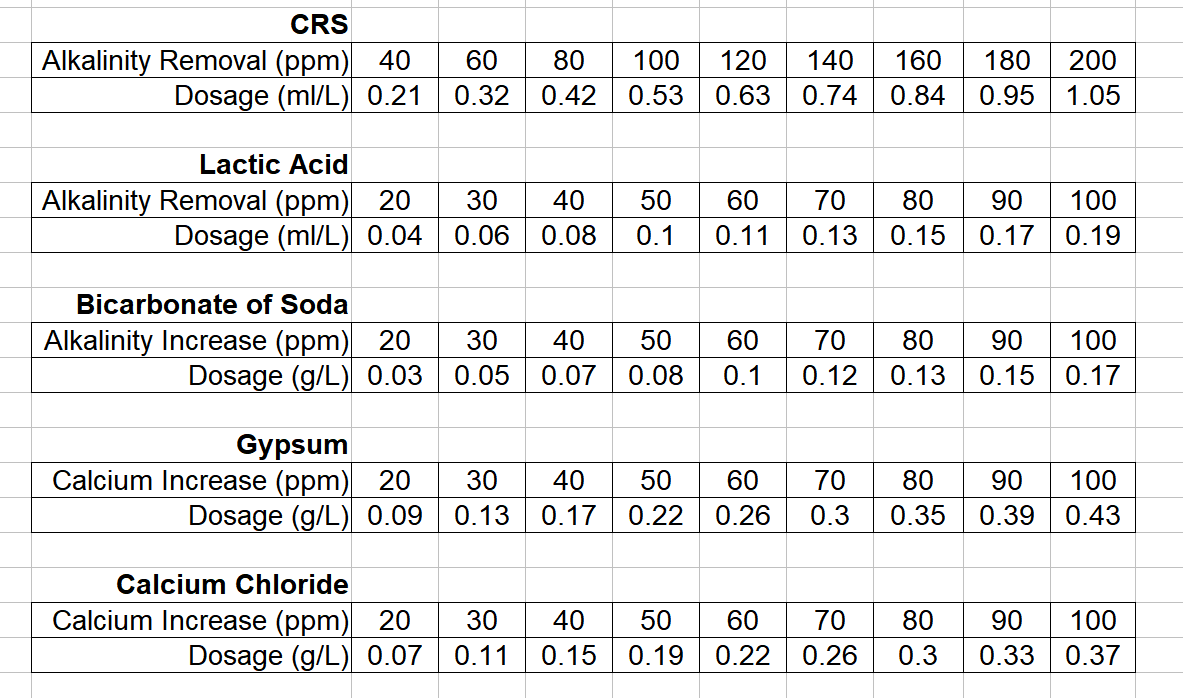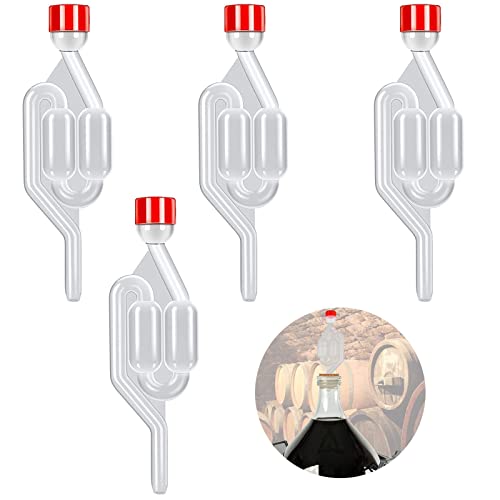mabrungard
Well-Known Member
Unless your brewing water's calcium content was well over 200 ppm, there is NO worry about precipitating calcium via phosphoric acid use. And when you consider loosing some of that already high calcium content, its absolutely not a concern. Malt supplies ALL the calcium that yeast need for their metabolism. However, having calcium in the water does provide some benefits such as precipitating oxalate and improving the enzyme activity and longevity. Don't worry about calcium that drops out in the mash since its done its part already. The only problem that a low calcium final wort might incur, is slower yeast flocculation.
Regarding the use or phosphoric or lactic, it depends on your tastes and upon your water's alkalinity. If your water has high alkalinity, then its possible that the amount of lactic acid needed to neutralize the alkalinity might create taste effects in your beer. Phosphoric acid is much less likely to incur a taste effect and can generally be used to neutralize more highly alkaline water supplies.
While phosphoric acid is more taste-neutral, there are reasons that you should consider lactic acid use. Nearly all the continental European breweries use some form of lactic acid in their brewing and the taste of their beers often comes with minor flavor enhancements due to its use. They aren't using it at high rates that create notable 'lactic' taste, but there are nuances that tend to come through. Lactic acid sources in continental brewing include acid malt, saurergut, and refined lactic acid. Any of them will do. The main difference is their strength and the amount you have to use.
With the said, I don't think that typical British ale production should use lactic acid unless the water alkalinity was fairly low.
PS: The type of acid used in brewing does not depend on the water's hardness. It depends on the water's alkalinity.
Regarding the use or phosphoric or lactic, it depends on your tastes and upon your water's alkalinity. If your water has high alkalinity, then its possible that the amount of lactic acid needed to neutralize the alkalinity might create taste effects in your beer. Phosphoric acid is much less likely to incur a taste effect and can generally be used to neutralize more highly alkaline water supplies.
While phosphoric acid is more taste-neutral, there are reasons that you should consider lactic acid use. Nearly all the continental European breweries use some form of lactic acid in their brewing and the taste of their beers often comes with minor flavor enhancements due to its use. They aren't using it at high rates that create notable 'lactic' taste, but there are nuances that tend to come through. Lactic acid sources in continental brewing include acid malt, saurergut, and refined lactic acid. Any of them will do. The main difference is their strength and the amount you have to use.
With the said, I don't think that typical British ale production should use lactic acid unless the water alkalinity was fairly low.
PS: The type of acid used in brewing does not depend on the water's hardness. It depends on the water's alkalinity.





















![BREWING THERMOMETER STICKERS ACCURATELY MONITOR FERMENTING BEER & WINE LIQUID TEMPERATURES 5PCS HOME BREW SPIRITS WINE LCD ADHESIVE [US]](https://m.media-amazon.com/images/I/311DDjo2X3L._SL500_.jpg)






















 never used lactic before but couldn't get any phosphoric when I was ordering ingredients
never used lactic before but couldn't get any phosphoric when I was ordering ingredients